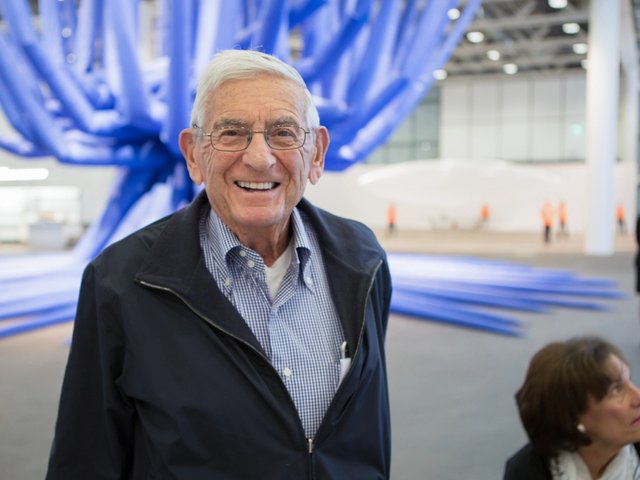The widow of Norton Simon, the Californian collector who died on 2 June aged eighty-six, has definitively put an end to speculation about the future of the greatest private art collection to have been assembled since the war. Mrs Simon, who is famous in her own right as the actress Jennifer Jones and is President and Chairman of the Norton Simon Museum Board, told The Art Newspaper, "The collection is staying in the museum in Pasadena and carrying on under the same policies and philosophy. We shan't be teaming up with anyone else". The museum is endowed sufficiently for its frugal running budget of $2 million a year, but it is unlikely that it will be adding to the collections.
Norton Simon flirted with the Getty Museum, the University of California Los Angeles, and the city of San Francisco, but as Franklin D. Murphy, a former Trustees of the J. Paul Getty Trust put it, he was just too much of an individualist to see his collection swallowed up into something bigger, so the terms he set were always unacceptable, such as wanting the Getty Museum to be renamed the Simon-Getty Museum. A Poussin and a Degas shared between the Getty and Norton Simon Museum remain as a memorial to those negotiations.
In 1969 Mr Simon resigned his position on the board of the vast conglomerate he had created shortly before by the merger of Hunt Food and Industries, the McCall Publishing Company Corporation and the Canada Dry Corporation. It was the beginning of radical change in his life: within three years he was to have divorced his wife, lost one son to suicide, married Jennifer Jones and tried and failed to be elected U.S. Senator. His tall, gaunt figure became well known in the sale rooms and galleries of London and New York, as he concentrated on putting together a collection of paintings and sculptures, from the early Italian School to the classic modern, which outshines even the purchases of Baron Hans-Heinrich Thyssen. Perhaps because he was a Californian, he was exceptionally open to the psychologist's approach, whether in business or in art. A few years ago, he said "Sometimes you can take a person [to a museum or gallery] and open him up in a way you couldn't any other way. You can start getting him to look at himself. And one of the prime problems in society is that not enough people look at themselves".
He had a photographic memory and was continually refining both his eye and the collection, disposing of works as better ones became available. He was prepared to pay high prices if necessary, as when he insisted that Rembrandt's "Titus" be offered again at the Christie's auction in 1965 because the auctioneer had failed to recognise his secret signal, and then outbid the first buyer to secure the painting at $2.2 million. He was also unaffected by snobbery: if a masterpiece by a lesser name came up, he would buy it. Thus he acquired a marvellous "Marriage of the Virgin" by Corrado Giaquinto, Zurbaran's finest still life and a perfectly intact altarpiece by Guariento, as well as his Raphael "Madonna and Child", the full length Lucas Cranach "Adam" and "Eve", a Tiepolo ceiling from the Contini collection, four major Rubens, van Gogh's "Peasant" from the Chester Beatty collection and Degas' "The Ironers", to give only a taste of the 12,000-strong collection in the Museum.
Harold Williams, president of the J. Paul Getty Trust and an employee of Simon in the 1950s and '60s told the Los Angeles Times, "The man had an incredible eye and a spirit of enquiry that made the collection what it is. His persistent questioning and challenging of his own and others' judgment is why the collection turned out to be so fine".
Originally appeared in The Art Newspaper as 'Greatest of post-war collectors dies'


